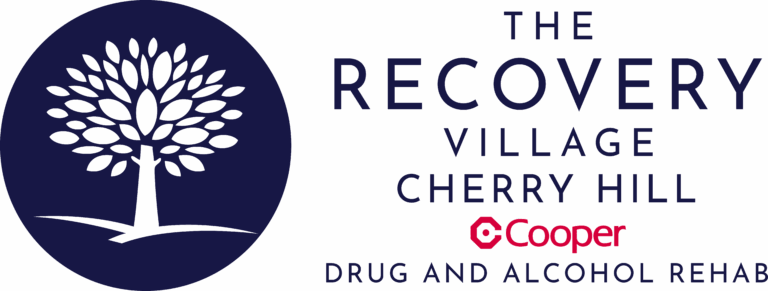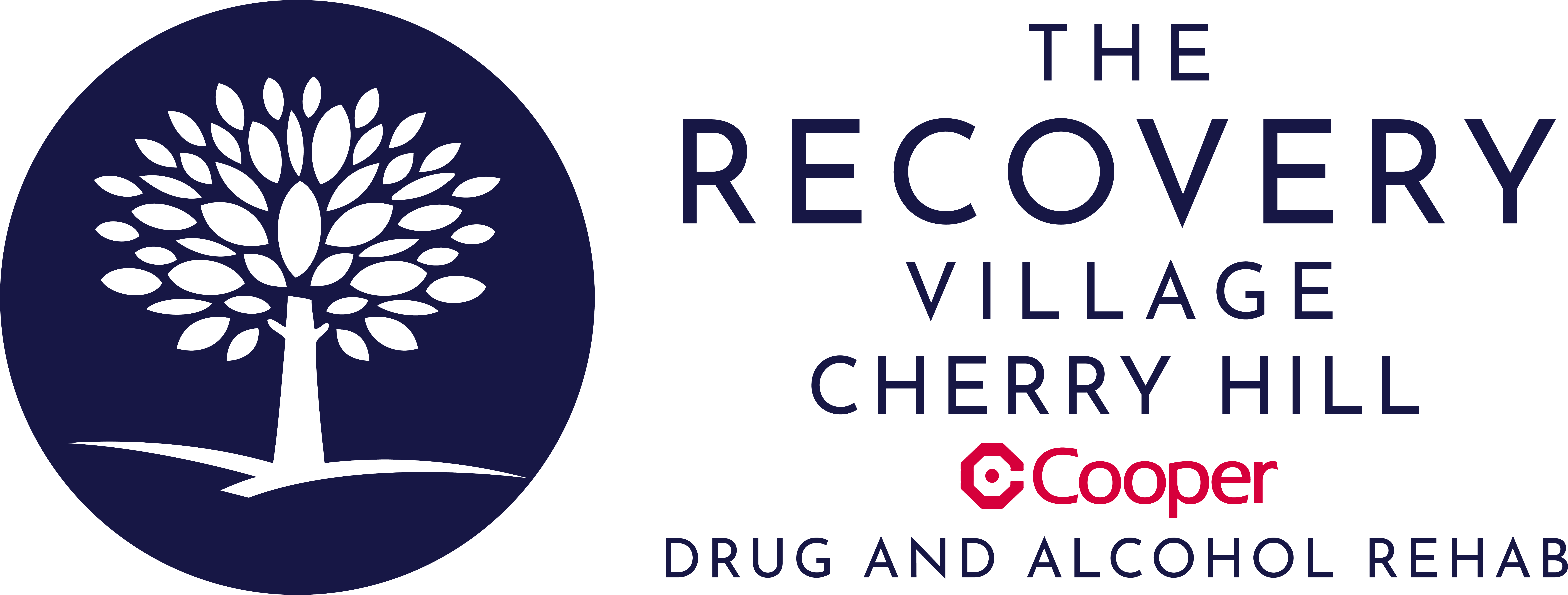Article at a glance:
- Hydrocodone and oxycodone are opioids and Schedule II controlled substances.
- Hydrocodone and oxycodone have similar side effects.
- Both hydrocodone and oxycodone are available on their own and combined with other drugs like acetaminophen.
- Oxycodone is 1.5 times stronger than hydrocodone.
Hydrocodone and oxycodone are similar opioids frequently prescribed to treat pain, but the drugs differ in their available dosage, forms and strengths.
Hydrocodone and oxycodone are opioids often prescribed to treat pain. Hydrocodone is usually made with acetaminophen to make products like Vicodin, and this combination was the most common pain-relieving therapy prescribed in the U.S. in 2019, with more than 30 million prescriptions. Oxycodone is also a common pain reliever, with more than 14 million prescriptions in 2019 and an additional 11 million when oxycodone is combined with acetaminophen to make drugs like Percocet. However, despite their similarities, the drugs have important differences.
Recovery Can Be Life Changing
Whether you or a loved one is struggling with addiction, our expert team is here to guide you every step of the way. Don’t wait— reach out today to take the first step toward taking control of your life.
“My life has became something that I’m proud of and something I can be grateful for.“
– Joseph McDermott, The Recovery Village Cherry Hill Alumni
Is Hydrocodone the Same as Oxycodone?
Hydrocodone is not the same drug as oxycodone. Although both are semisynthetic opioids and Schedule II controlled substances, they differ in many ways, including their strength and available dosage forms.
What Is Hydrocodone (Vicodin)?
Hydrocodone is an opioid and Schedule II controlled substance. It is usually sold combined with other drugs like acetaminophen and is the most common prescription analgesic in the U.S. While similar to oxycodone; it is not the same drug.
Hydrocodone is available in a long-acting dosage form called Hysingla ER. When combined with acetaminophen, it is available as a generic drug and under the brand names:
- Lortab
- Verdrocet
- Xodol
Previously, hydrocodone/acetaminophen was also available under the brand names Vicodin, Lorcet and Norco. However, these have been discontinued, although some people still use the terms conversationally to refer to the drug.
Medical Uses of Hydrocodone
Hydrocodone is prescribed to treat pain severe enough to need an opioid. This can include pain from acute injuries or surgeries. Although hydrocodone is sometimes prescribed for chronic pain, experts instead recommend non-opioid therapies.
Side Effects and Risks of Hydrocodone Use
Like all drugs, hydrocodone can cause side effects. While not all side effects occur in all people, it is important to be aware of possible adverse events with hydrocodone use, which include:
- Light-headedness
- Dizziness
- Sedation
- Nausea and vomiting
- Constipation
- Slow urination
- Rash
However, the scope of hydrocodone’s risks exceeds just its side effects. As an opioid and controlled substance, hydrocodone can also cause addiction, abuse, dependence and overdose, which can be deadly.
What Is Oxycodone (Percocet)?
Oxycodone is an opioid and Schedule II controlled substance. It is one of the most common analgesics in the U.S., both alone and when prescribed with acetaminophen. While oxycodone is similar to hydrocodone, they are not the same drug.
Oxycodone is sold on its own under several brand names in long and short-acting dosage forms. These include:
- OxyContin
- Oxaydo
- Roxicodone
- RoxyBond
- Xtampza ER
The drug is also sold combined with acetaminophen, available under brand names like:
- Percocet
- Endocet
- Nalocet
- Prolate
The combination was previously available under the brand name Primlev, which has been discontinued.
Medical Uses of Oxycodone
As a potent opioid, oxycodone is prescribed to treat pain severe enough to need an opioid. Like hydrocodone, oxycodone can be prescribed after acute injuries or surgeries and may be prescribed for chronic pain, although non-opioid treatments are preferred.
Side Effects and Risks of Oxycodone
Oxycodone carries risks, including addiction, abuse, dependence and overdose, which can be fatal in some cases. However, milder but common side effects are also possible and can include:
- Light-headedness
- Dizziness
- Drowsiness
- Nausea and vomiting
- Euphoria
- Mood changes
- Constipation
- Itchy skin
Hydrocodone vs. Oxycodone
Hydrocodone/acetaminophen (Vicodin) and oxycodone/acetaminophen (Percocet) are similar drugs in many ways. After all, they are both opioids sold combined with acetaminophen. However, for all their similarities, the drugs also have some key differences.
Drug Class/Scheduling
Both hydrocodone/acetaminophen and oxycodone/acetaminophen are Schedule II controlled substances. This means they can put a person at high risk of abuse, addiction and dependence. For this reason, the drugs should only be taken as prescribed by your doctor and for the shortest duration possible.
Strength
The main difference between hydrocodone and oxycodone is their strength. Oxycodone is the stronger of the two drugs and about 1.5 times as potent as hydrocodone. In other words, 30 mg of hydrocodone is equivalent to 20 mg of oxycodone.
Forms
Hydrocodone on its own is only available as oral tablets. However, when combined with acetaminophen, it is available as oral tablets and as an oral solution.
In contrast, oxycodone, both alone and combined with acetaminophen, is available as oral tablets and liquids.
Dosage
The doses of hydrocodone/acetaminophen and oxycodone/acetaminophen are similar:
| Hydrocodone/acetaminophen doses | Oxycodone/acetaminophen doses |
| 5 mg hydrocodone/325 mg acetaminophen | 2.5 mg oxycodone/300 mg acetaminophen |
| 7.5 mg hydrocodone/300 mg acetaminophen | 2.5 mg oxycodone/325 mg acetaminophen |
| 7.5 mg hydrocodone/325 mg acetaminophen | 5 mg oxycodone/300 mg acetaminophen |
| 10 mg hydrocodone/300 mg acetaminophen | 5 mg oxycodone/325 mg acetaminophen |
| 10 mg hydrocodone/325 mg acetaminophen | 7.5 mg oxycodone/300 mg acetaminophen |
| 7.5 mg oxycodone/325 mg acetaminophen | |
| 10 mg oxycodone/300 mg acetaminophen | |
| 10 mg oxycodone/325 mg acetaminophen |
Side Effects
Hydrocodone/acetaminophen and oxycodone/acetaminophen have similar side effects. These include:
- Light-headedness or dizziness
- Sedation
- Nausea and vomiting
- Constipation
Drug Interactions
As central nervous system depressants, hydrocodone/acetaminophen and oxycodone/acetaminophen have similar drug interactions. They both carry boxed warnings for drug interactions, including:
- Use with other acetaminophen products, which can lead to liver damage.
- Use with other central nervous system depressants, especially benzodiazepines, which can lead to overdose. In 2021, 14% of opioid overdose deaths involved benzos.
Can You Take Oxycodone and Hydrocodone Together?
Generally, you should not take oxycodone and hydrocodone together; they are usually not prescribed together. This is because oxycodone is stronger than hydrocodone, so a person whose pain requires oxycodone is unlikely to benefit from the much-weaker hydrocodone.
However, there are exceptions. For example, a person may be prescribed a long-acting oxycodone product like OxyContin and a short-acting hydrocodone product like Norco for breakthrough pain.
Because the drugs are both opioids, you should never take them together unless specifically told to by your doctor. The dangers of mixing oxycodone and hydrocodone include liver toxicity from the acetaminophen components, increased side effects and overdose, which can be fatal.
Signs of Hydrocodone and Oxycodone Addiction
When a person struggles with hydrocodone or oxycodone, symptoms of addiction generally emerge. These include:
- Taking more of the opioid or for a longer time than intended
- Previous unsuccessful efforts to cut down on opioid use
- Spending a lot of time trying to obtain, use or recover from the opioid
- Craving the opioid
- Failing to meet obligations due to the opioid
- Social problems caused by the opioids
- Giving up on other activities because of opioid use
- Using the opioid even when it is physically dangerous to do so
- Continuing to use the opioid even though you know that doing so is harmful
- Needing higher doses of the opioid to get the same effects as before
- Withdrawal symptoms when you try to stop the opioid
If you or someone you love struggles with hydrocodone, oxycodone or other opioids, it can be difficult to stop on your own. Fortunately, help is available. The Recovery Village Cherry Hill at Cooper offers a state-of-the-art setting for you to overcome your opioid use. This includes amenities like a fitness facility, basketball and volleyball courts and a yoga studio. Our treatment plans are customized to your needs, and we give you a full continuum of care from medical detox to inpatient and outpatient rehab. Don’t wait: contact us today to learn how we can help.










